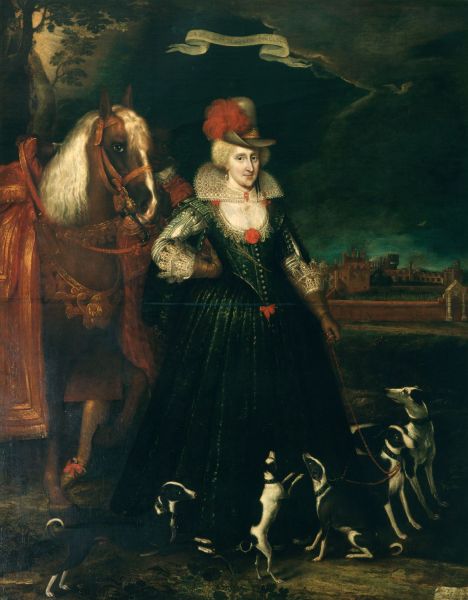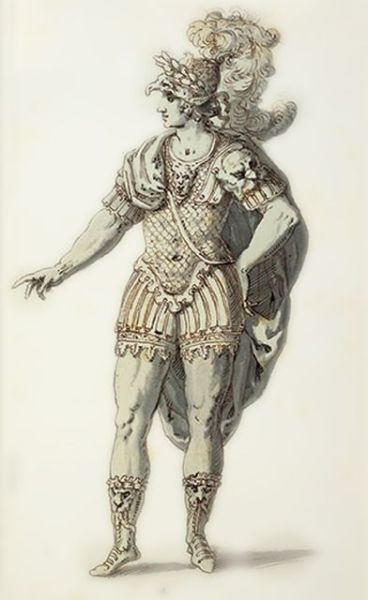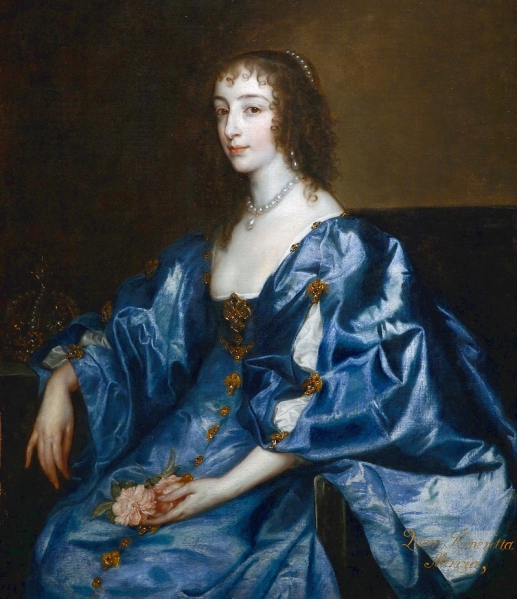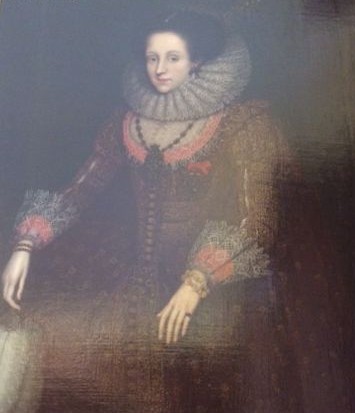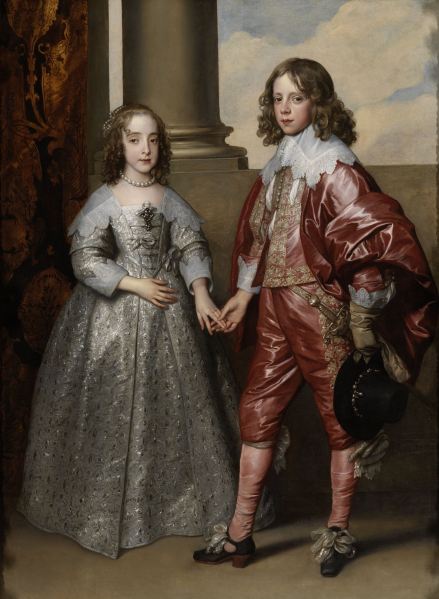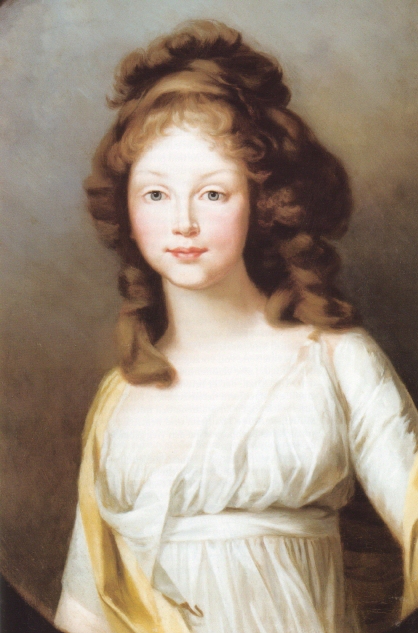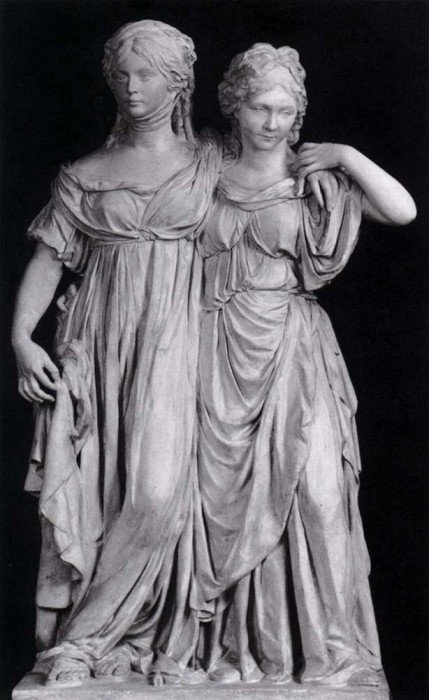
Fortitude Sculpture by Serpotta in white stucco and gilding, height 200 cm, 1710-17.
Oratorio del Rosario di San Domenico, Palermo. Image: WGA
Elegantly dressed for the life she wants,
in her favourite high-heeled shoes, breastplate bodice and plumed headdress,
Fortitude leans her elbow on the pillar of patience,
never keeping her eyes off the longest battle.
She doesn’t like what she sees, but she will never give in, she will never be part of it, even when other people make snarky remarks about her posing in her Rococo niche.
She exemplifies the moral courage of sticking to her post “because it is noble to do so, or because it is disgraceful not to do so.”
Keeping true to herself, and her fashion sense,
without bragging or lecturing, she puts the fun back into virtue.
“Patience is the pillar which nothing can soften.”
St Hildegard of Bingen (1098-1179)
Music composed by Hildegard of Bingen
“She sat like Patience on a monument, Smiling at grief”
Viola in Twelfth Night, Shakespeare (1601)
Smile sung by Judy Garland (1963)
Fortitude is one of the four Cardinal Virtues of Christianity, recommended in a life skills course dating back to the 4th century, based on Aristotelian and Platonic ethics.
Aristotle defined fortitude as courage governed by reason (or temperance) in circumstances of fear or over-confidence: “Courage….chooses its course and sticks to its post because it is noble to do so, or because it is disgraceful not to do so.”
St Augustine of Hippo defined fortitude as “love readily bearing all things for the sake of the loved object”.
Kant: “Virtue is the moral strength of the will in obeying the dictates of duty, never developing into a custom but always springing freshly and directly from the mind.”
Fortitude has become rarer in the modern world where license has chained us to new tyrannies, and freedom is as elusive as ever.
The advantages of self-control in adverse circumstances have been forgotten in the revolt against the misunderstood stiff upper lip. It’s adorable. The straighter the face, the better the joke.
The primary importance of sincerity in human intercourse – “speak what you feel, not what you ought to say” – has been effaced by knee-jerk opinion polls and social media group anxiety – Like to be Liked, Follow and Ye Will Be Followed – which have compromised Freedom of Speech and promulgated the nonsense that passes for wisdom nowadays.
If you’ve read this far, you deserve a modest disclaimer: yes, I’m as foolish as you.
The most self-expressive of Romantic poets would not have predicted humanity blogging itself to death.
The people who died for Democracy did not expect the Voice of the People would come from Babel.
Fortitude rests on her broken pillar, not on popularity.
Fortitude does not betray her soul, which to her is virtue, which to us is self-identity.
She fights on.
She wears the shoes she wants.
She?
All four of the Cardinal Virtues, Prudence (or Wisdom), Fortitude (or Courage), Temperance (or Self-control) and Justice (or Fairness) were allegorized as female.

Figures of the Four Virtues from Ballet Comique de la Reine, 1582, one of the court entertainments commissioned by Catherine de Medici from which classical ballet, and political satire, developed. Image: Wikipedia
Fortitude lives up to her reputation for cheerfulness in adversity by playing the lute and holding a pillar at the same time.
“Ginger Rogers did everything [Fred Astaire] did,
backwards and in high heels.” Bob Thaves, Fred and Ernest comic strip, 1982

Poster for Top Hat, 1935
“Give a girl the right shoes and she can conquer the world.” Bette Midler
(often misattributed to Marilyn Monroe)

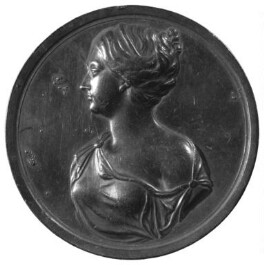

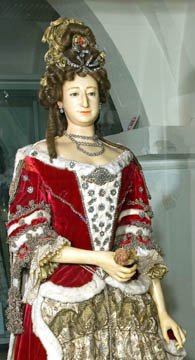 Image copyright Westminster Abbey
Image copyright Westminster Abbey Image copyright Westminster Abbey
Image copyright Westminster Abbey
 Fashion, Transport, Political and Sexual Revolution in on one balloon: a gentleman and lady, waving the tricolore with a perfectly true to Regency Romance “arch” expression on her face, in a fashion plate from Journal des Dames et des Modes, 1797. Image:
Fashion, Transport, Political and Sexual Revolution in on one balloon: a gentleman and lady, waving the tricolore with a perfectly true to Regency Romance “arch” expression on her face, in a fashion plate from Journal des Dames et des Modes, 1797. Image:  French fashion plate from Journal des Dames et des Modes, 1797, showing a lady riding sidesaddle, wearing a red and black “spencer” jacket with matching bonnet. Image from the irresistible
French fashion plate from Journal des Dames et des Modes, 1797, showing a lady riding sidesaddle, wearing a red and black “spencer” jacket with matching bonnet. Image from the irresistible 

 Edmund Leighton: On the Threshold (1900). Manchester Art Gallery. Image source: Wikipedia
Edmund Leighton: On the Threshold (1900). Manchester Art Gallery. Image source: Wikipedia
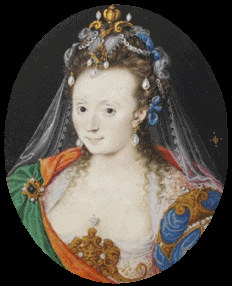 Unknown woman in masque costume, miniature by Isaac Oliver, 1609. Image: Wikipedia
Unknown woman in masque costume, miniature by Isaac Oliver, 1609. Image: Wikipedia